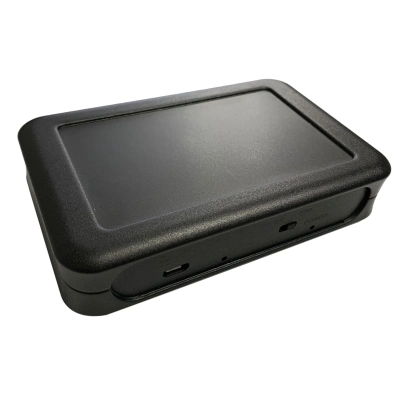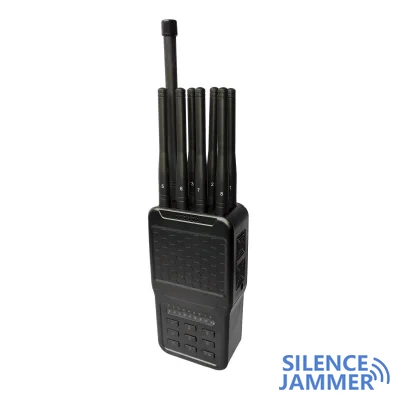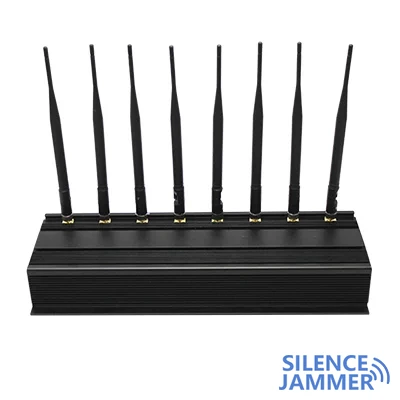Unknown signal interference sources may have adverse effects on communication systems and navigation systems, so it is very important to detect and locate unknown signal interference sources in a timely manner. This article will introduce methods and techniques for detecting unknown signal interference sources to ensure the stability and security of the communication environment.

Understand the potential hazards of unknown sources of signal interference
Unknown signal interference sources may include a variety of equipment or interference behaviors, such as illegally operated signal jammers, faults or anomalies in radio equipment, malicious attacks, etc. These unknown signal interference sources may cause communication system failures, navigation system failures, data leaks and other problems, posing serious security risks to communications and navigation.
Methods to detect unknown signal interference sources
- Use a spectrum analyzer
- Signal fingerprint recognition technology
- On-site inspection and investigation
- Collaboration and monitoring
A spectrum analyzer is a professional test equipment that can help us detect and analyze the surrounding wireless signal spectrum to find possible interference sources. By using a spectrum analyzer, we can scan the spectrum of the target area to find whether there are abnormal signal sources and analyze their frequency, power, duration and other characteristics.
Signal fingerprinting technology is a technology that identifies signal sources by extracting and matching features of signals. By collecting and analyzing signal samples in the target area, a signal library is established, and machine learning and other methods are used to identify and classify unknown signals to find possible interference sources.
Field reconnaissance and investigation is a method of direct observation and verification that can help us determine the location and characteristics of unknown signal interference sources. By visiting the target area, collecting relevant evidence and testimony, and using professional investigation equipment, we can help us determine the existence and nature of the signal interference source.
Cooperate with relevant departments and institutions to establish a signal interference monitoring and treatment mechanism, jointly monitor and manage the communication environment, and promptly respond to the emergence and impact of unknown signal interference sources. By strengthening monitoring and collaboration, the ability to identify and deal with unknown signal interference sources can be improved.

Technical challenges and solutions
- technical challenges
- solution
Signal complexity: Unknown signal interference sources may have diverse and complex characteristics, making them difficult to simply detect and identify.
Concealment of interference sources: Some unknown signal interference sources may work in a concealed manner, making them difficult to detect and locate.
Signal aliasing: There may be multiple signal sources in the target area, causing signal aliasing and difficulties in interference detection.
Combination of multiple technical means: Combined use of spectrum analyzers, signal fingerprint identification technology, field surveys and investigations and other technical means to improve the accuracy and comprehensiveness of detection and identification.
Data sharing and collaboration: Establish a signal interference data sharing platform to promote information sharing and collaboration among various departments and agencies, and strengthen the monitoring and management of unknown signal interference sources.
Technology update and innovation: Timely update detection equipment and technology, carry out technology research and development and innovation, and improve the ability to identify and deal with unknown signal interference sources.
Application scenarios and prospects
Technologies and methods for detecting unknown signal interference sources are of great significance in various fields, especially in communications, navigation, security and other fields. With the continuous development and popularization of wireless communication technology, the detection and management of unknown signal interference sources will become more important to provide strong support for ensuring the stability and security of the communication environment.

In conclusion
Through scientific and reasonable methods and technical means, we can effectively detect and identify unknown signal interference sources and ensure the stability and security of the communication environment. Strengthening the monitoring and management of unknown signal interference sources will help improve the reliability and anti-interference capabilities of communication systems and navigation systems, and provide a strong guarantee for social and economic development and national security.


